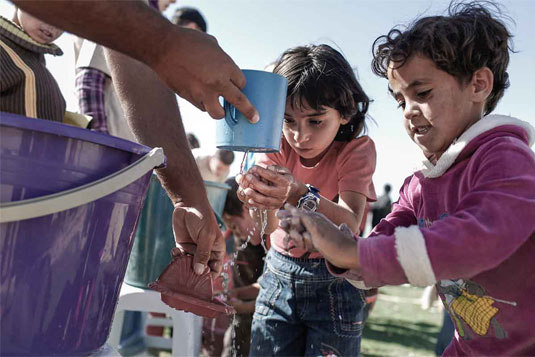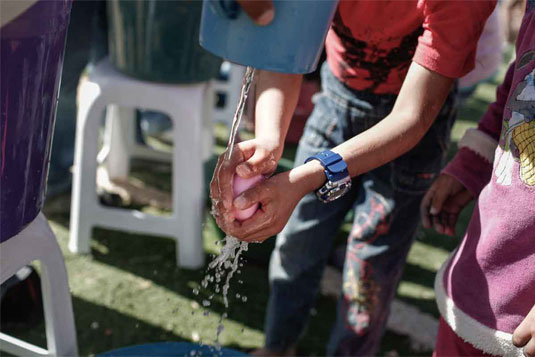Can 3D printing save lives in disaster zones?
Oxfam believes so - and is teaming up with iMakr to ask for your help.

With the rise of interest in 3D printing it is becoming easier to bring physical designs to life without having to commit to mass production. Although it's known mainly for its gimmicky uses, international charity Oxfam reckons 3D printing also has the potential to have a huge impact in the developing world.
So it's partnered with 3D printer company iMakr to help design, test and manufacture products that will help to keep people healthy in areas suffering a crisis.
Call for designers

Through the use of My Mini Factory - a sharing site for 3D printing designs - iMakr is calling on 3D designers to create bespoke products which solve specific problems during humanitarian emergencies.
"In developing countries there is always a big issue with lack of availability of resources, suppliers and skills so if you can do something on your own with your own machine it's much more efficient and it gives you a lot of power," explains iMakr's Sylvain Preumont.
The first challenge is to provide a more efficient hand wash system that can be used where sanitisation is a serious problem and water is in short supply.
Test bed
After receiving a number of designs iMakr and My Mini Factory will choose a selection to be sent electronically to Oxfam's team and 3D printed on-site. The designs will then be tested and iterated until a final product can be manufactured
The first project of its kind, this looks like being yet another leap forward in the 3D printing revolution. You can find out more about the campaign here.
Daily design news, reviews, how-tos and more, as picked by the editors.
Words: Christian Harries
Christian Harries is a freelance product designer and recent graduate from Ravensbourne. His portfolio can be seen here.

The Creative Bloq team is made up of a group of art and design enthusiasts, and has changed and evolved since Creative Bloq began back in 2012. The current website team consists of eight full-time members of staff: Editor Georgia Coggan, Deputy Editor Rosie Hilder, Ecommerce Editor Beren Neale, Senior News Editor Daniel Piper, Editor, Digital Art and 3D Ian Dean, Tech Reviews Editor Erlingur Einarsson, Ecommerce Writer Beth Nicholls and Staff Writer Natalie Fear, as well as a roster of freelancers from around the world. The ImagineFX magazine team also pitch in, ensuring that content from leading digital art publication ImagineFX is represented on Creative Bloq.
